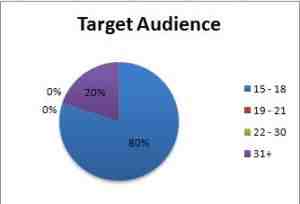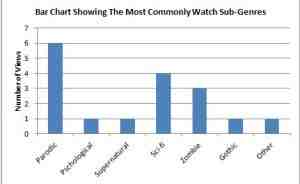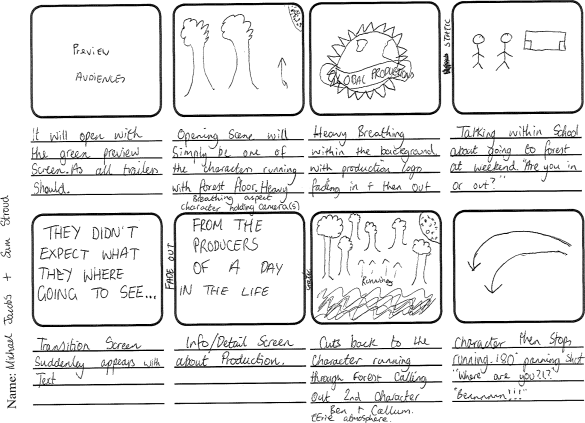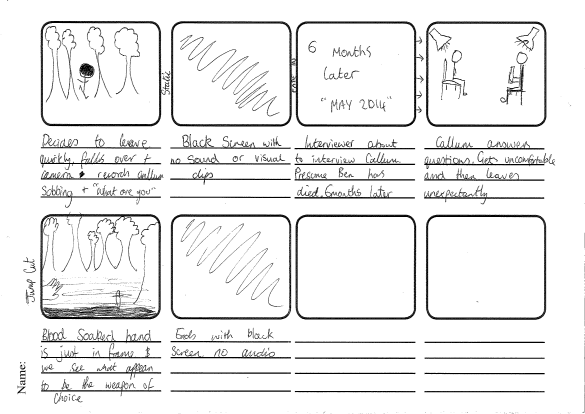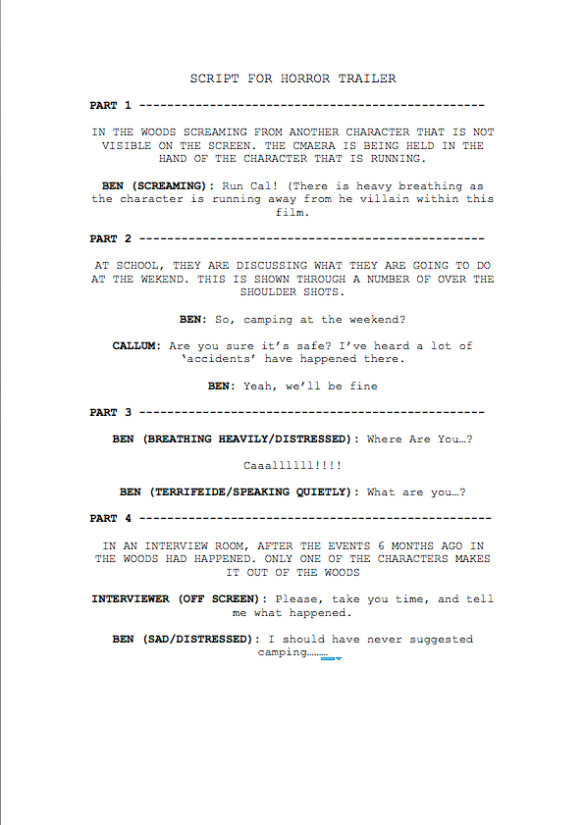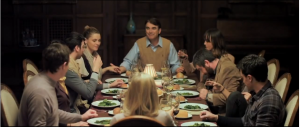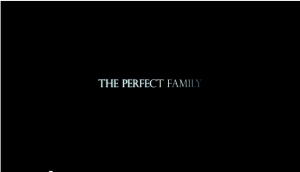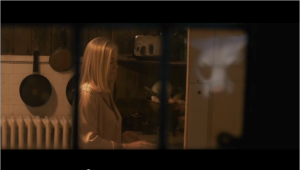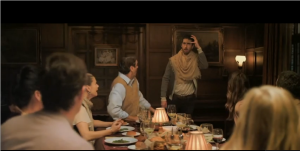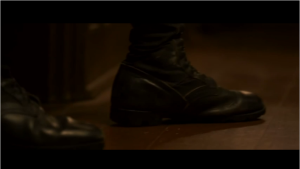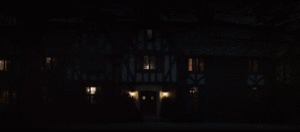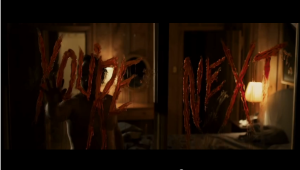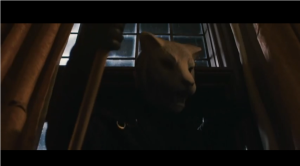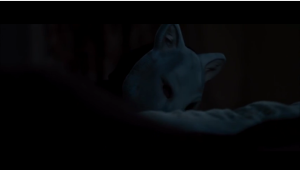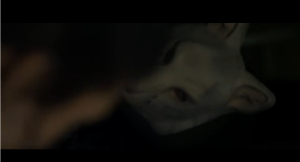What do you want to read about?
Introduction
Michael and I have recently received the feedback from the survey that we posted online via FluidSurveys and various social media platforms. We used this research to gather information about what the target audience would be looking for in our final horror trailer.
In this post I will be analyzing the feedback that we received and deducing what we learned from them. The information will be shown via various different charts and graphs to make the data that we received more visually appealing.
We wanted the people that responded to the online survey to be between the ages of 15 and 18. We chose this because 15-18 are the age groups that typically watch horror films often, so would have a good idea of what would make a good horror trailer.
Question Analysis
From the research that we conducted, we discovered that the number of males who enjoy watching horror films is greater than the number of females who enjoy watching horror films. This is in keeping with the stereotype that males watch horror films more so than females. This is because males enjoy violent and/or gory films more than women, who would not be so inclined to watch a film of this type.
One of the questions that we asked via the audience research on FluidSurveys was “What is your age?” This question was asked because we wanted to find out which age group would be more than likely to watch or be most affected by our horror trailer. Below, there is a pie chart visually showing the results of this question.
Now that we know this information about our target audience, we will be able to create media products that will better appeal to the majority of the audience. This will make them feel more connected with the trailer and ancillaries because it will be able to better represent their personalities, views and opinions.
Another question that we posted on the online survey, was what style the audience would like the trailer to be. This is one of the most important questions in the survey because it gave us an insight into what the audience was expecting to see, or rather wanted to see in our trailer. This question would also have a major impact on how we decide to shoot the trailer and what styles to use within.
As you can see via the bar chart, we can see that the style that the target audience most wanted to see in our trailer was parodic. This was something that I didn’t really expect to see from this answers to this question. I understand that parodic films are popular, just look at the Scary Movie series, but I did not think that it was something that a large denomination of the target audience would want to see. The trailers for every film within the Scary Movie series are very parodic, this is how the audience is able to understand the type of film and whether or not they are going to find it scary, or if they are going to laugh.
Personally, in my opinion, we have two options when including parodic humor in our trailer. I feel that these two options are:
- A completely parodic trailer with large amount of this type of humor included.
- Absolutely no parodic humor at all in the trailer.
I think this because if you see a largely serious trailer with a small amounts of this type of humor thrown it, the trailer looses it’s message or ‘seriousness’ This is because this type of humor is very cheesy and will spoil the trailer of there is only some included.
Focus Group
I do have a separate post for the focus group that Michael and I conducted. But the overall response that we got from the people involved is that we would need to include a lot of dark colours as these are the typical colours that are used in horror trailers, websites and posters. Because these are so often used on products like ours, the audience will be able to recognize that the trailer, website or poster that they are viewing is for a horror product. .
Potential Improvements?
There was an instance where we encountered some problems. This was because of the question “What do you do in your spare time” The answers to this question were not completely serious or truthful, and therefore does not contribute or help us with the audience research. If we were to do this again, I would like to take this question out because of the answers that we received, and also because it doesn’t really help us with the research anyway. Or, if we don’t remove the question, I feel another way around this would be to only allow them to tick an option. This would stop the answers from being unhelpful as they would have already been pre-determined.
Conclusion
Overall, I think that the data that was collected from the research that we conducted was helpful because we’re able to see exactly what the target audience is expecting, and more importantly, wanting to see in our horror trailer. This will help us because we will be able to make the trailer appeal to them greatly,
This information will also be able to help us when deciding what things to include within the trailer, website and poster. This would include different font types, editing techniques, iconography and design styles. All of these things will allow us to create the best media products that we possibly can.
